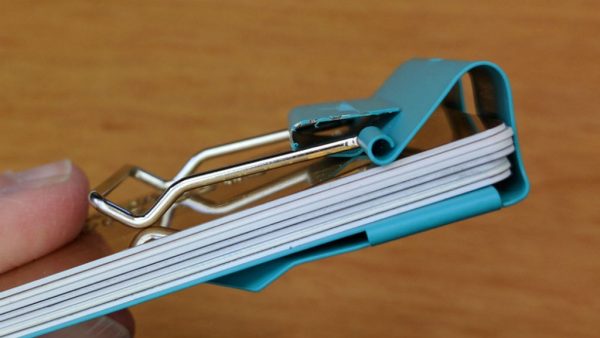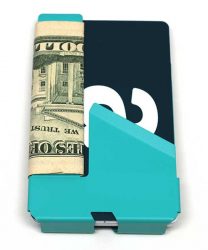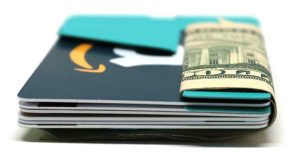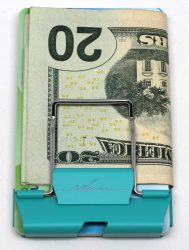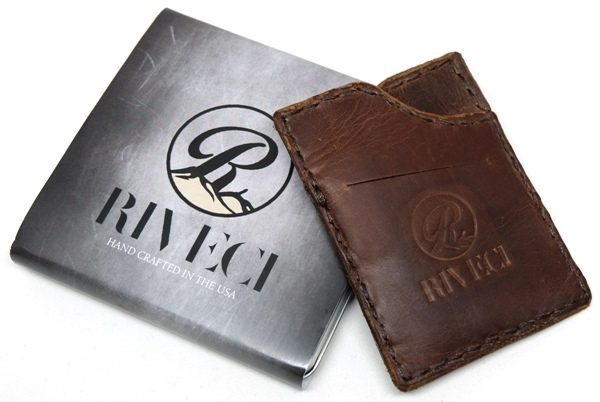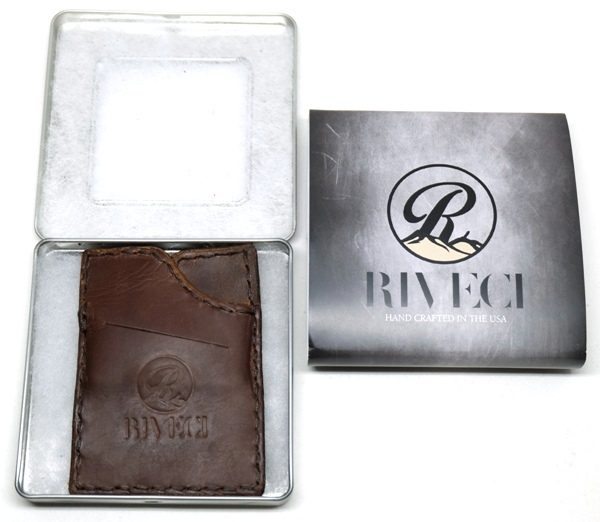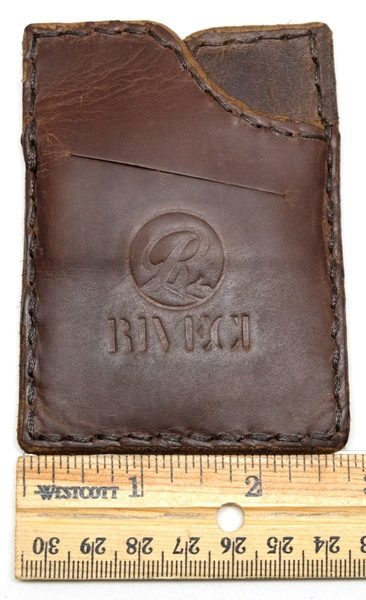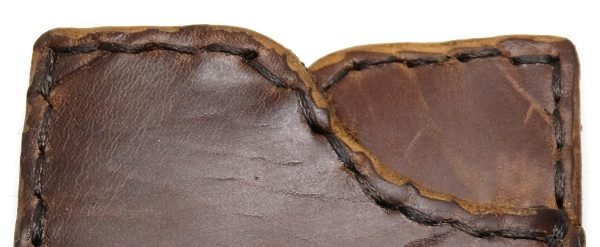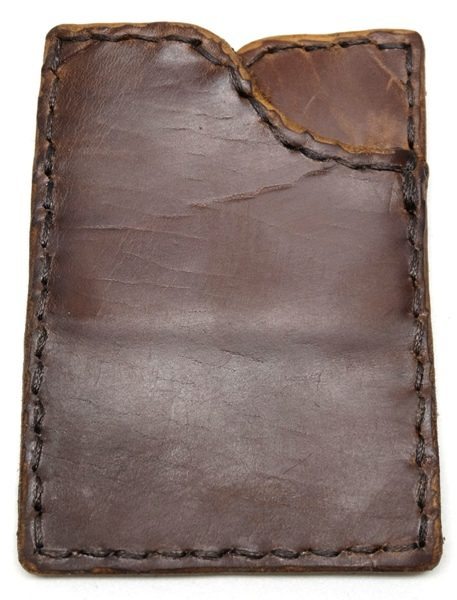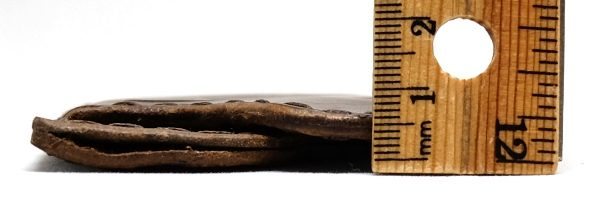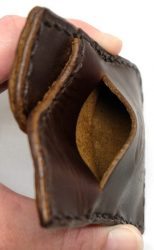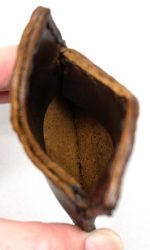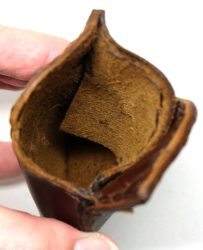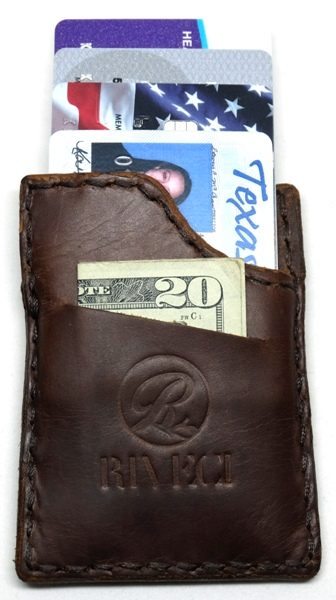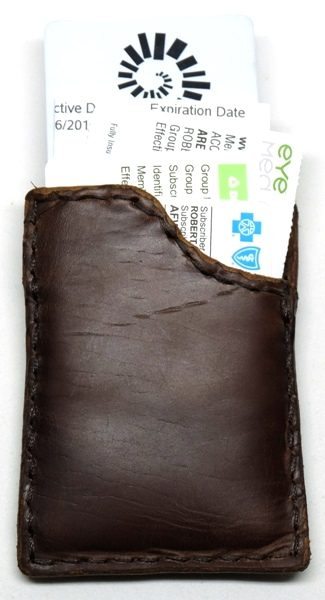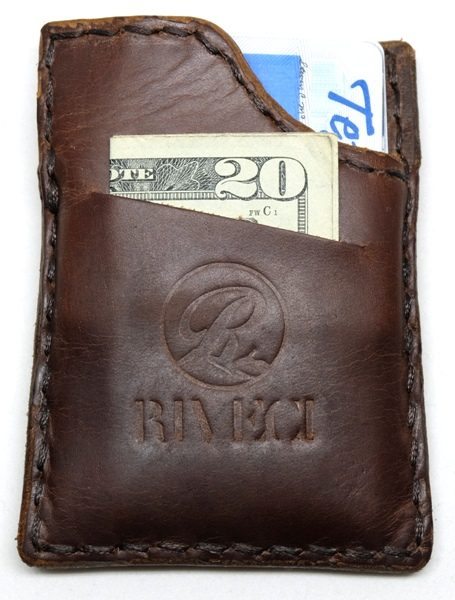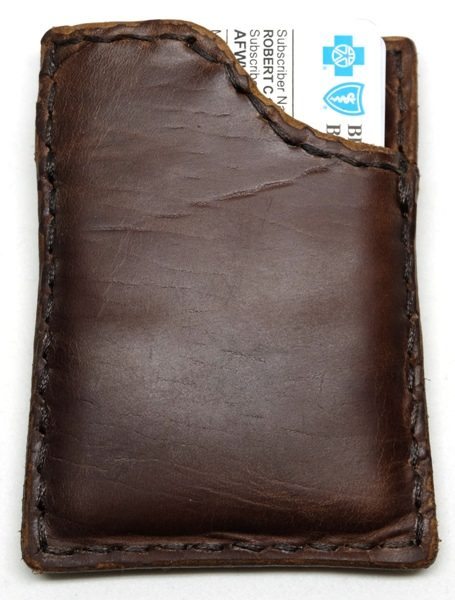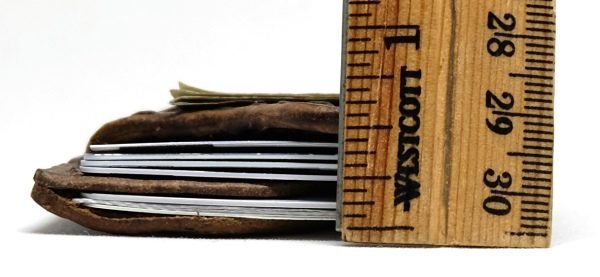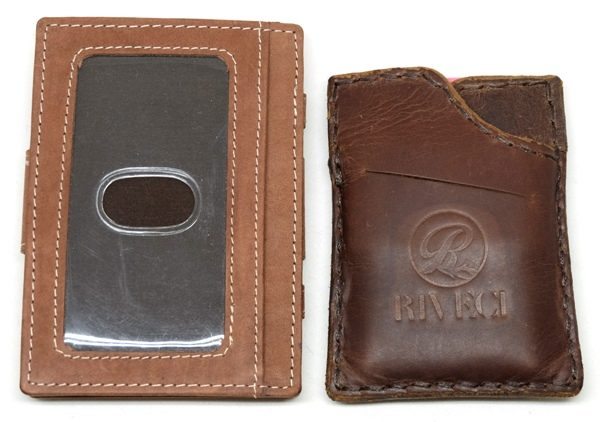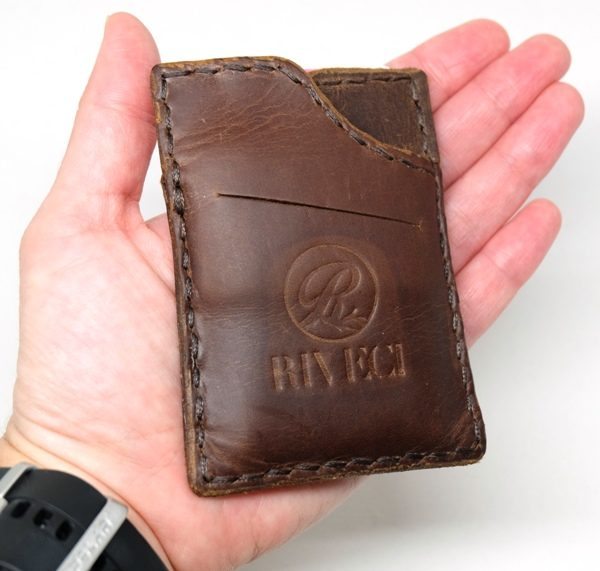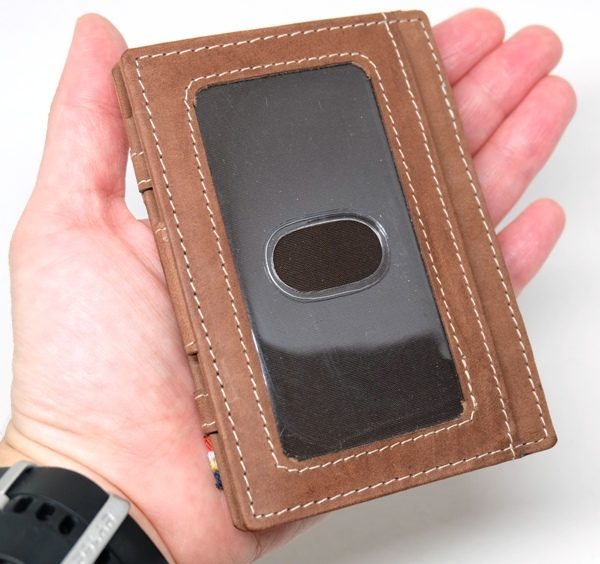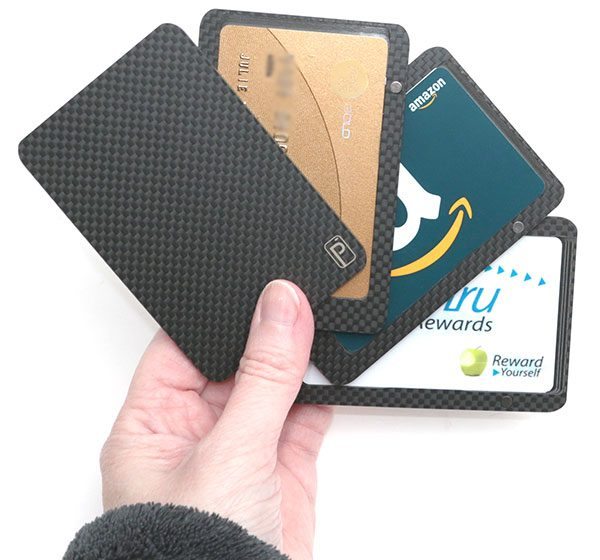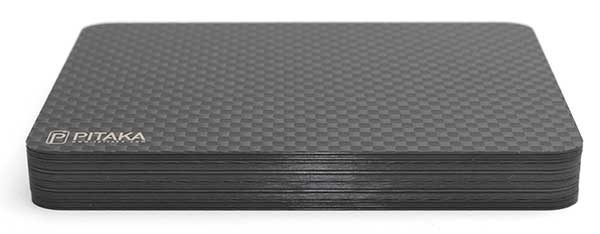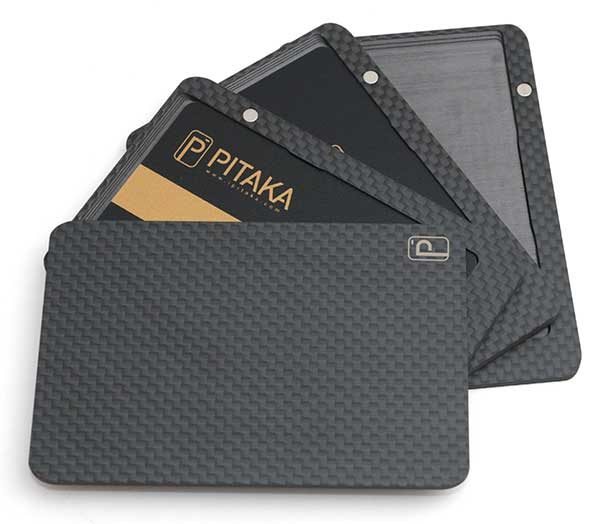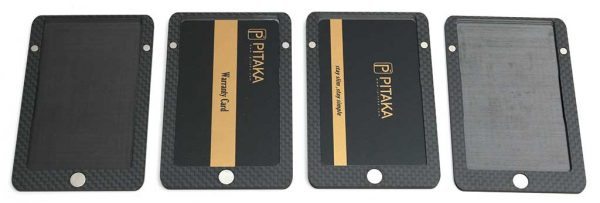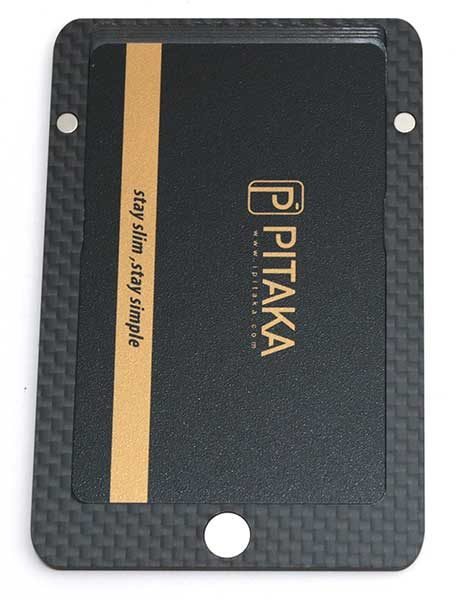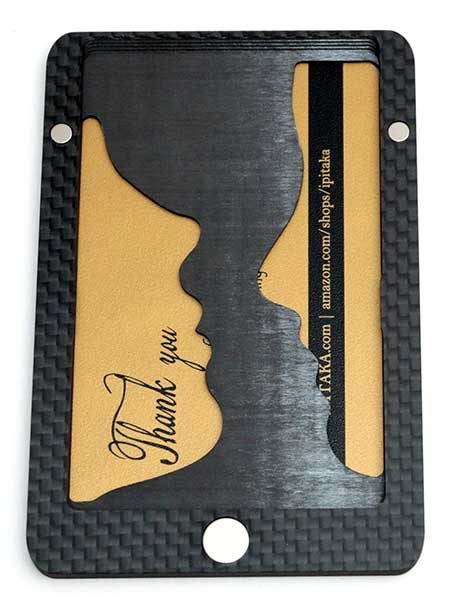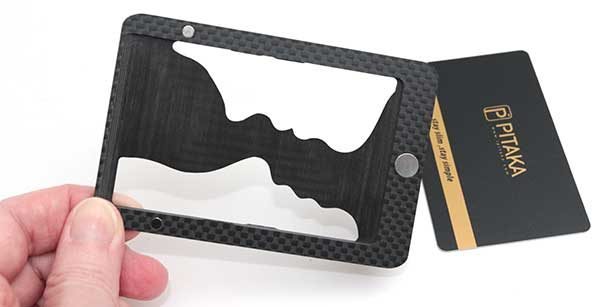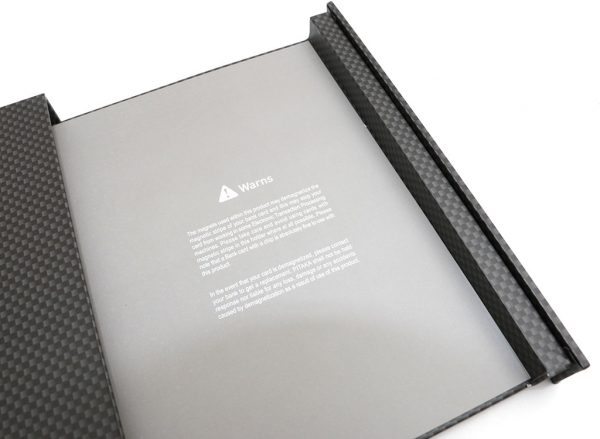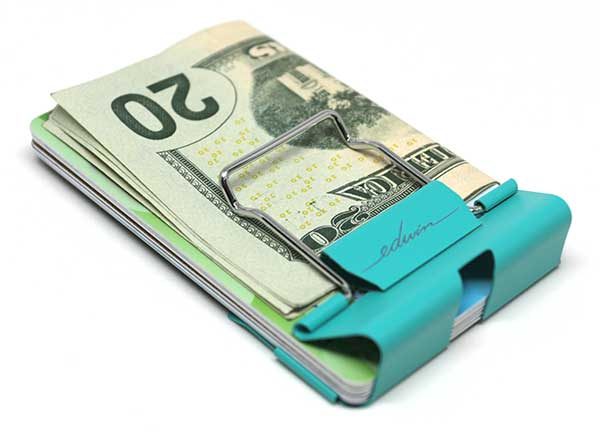
If you’ve ever used a binder clip as a pseudo-minimalist wallet, then you’ll want to check out this review of the Edwin Wallet from Hive Design. It’s like a binder clip on steroids and it just might become your new favorite wallet. Let’s take a look.
What is it?
The Edwin Wallet is a wallet based off a common binder clip.
The edwin wallet is the namesake of Mr. Edwin Baltzley, an avid writer, inventor, and father of Louis Baltzley, the inventor of the binder clip. In 1910 Louis created the binder clip as a more efficient way for his father to secure his manuscripts without damaging them. Fast forward a century and we’re still using the same basic mechanism of his original design.
Design and features
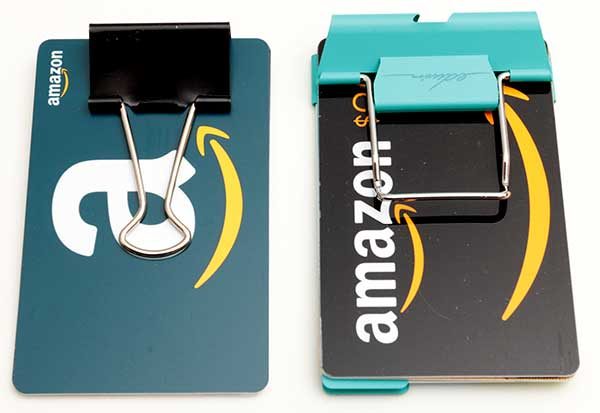
The “wallet” above on the left is a regular binder clip and the one on the right is the Edwin Wallet. Both are made of steel and feature a clamp that can hold several cards. But from there, the Edwin Wallet veers off into real wallet territory.
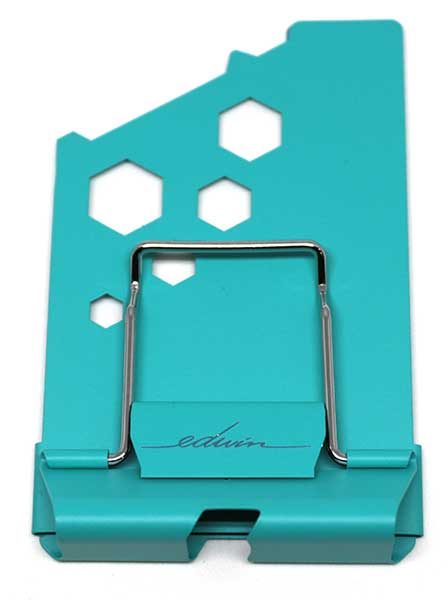
The Edwin Wallet is available in six colors including the shoal bay (aqua blue) shown above. The Edwin Wallet is also available in two styles. A Classic style not shown and the Plus style shown here. The difference between the two versions is that the back plate on the Plus has five hex wrenches, a flat head screwdriver, and a Phillips head screwdriver. The Plus version also has a bottle cap lifter on the edge, while the Classic version is just a solid plate without any built-in tools.
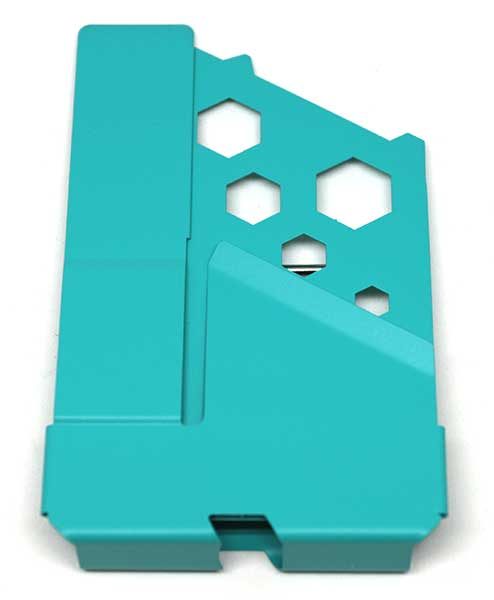
On the back of the Edwin is a quick draw slot for your most used card and a cash stem that is used to hold your paper money.
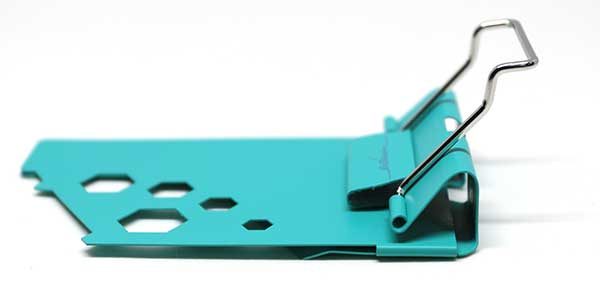
Like a binder clip, the Edwin Wallet has a spring loaded clamp that can hold from one card up to 10 cards.
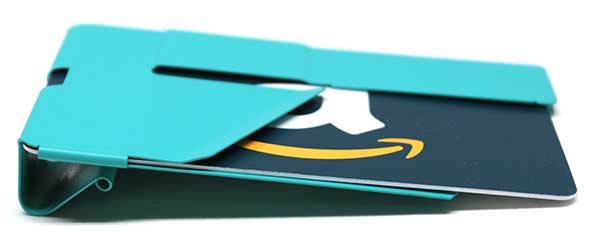
Add the quick draw card slot on the back and you can carry a maximum of 11 standard sized plastic credit cards in this wallet.
The clip opens the jaws of the clamp so you can feed it credit cards. It works pretty well, but it’s not quite as easy to open the clamp as it is with a regular binder clip because there’s only one set of clip arms to squeeze instead of two.
One thing that I noticed is that the clip’s arms rub against the edges of the clamp which causes the paint to peel off the edges of the clamp. Click the image above for a closer view.
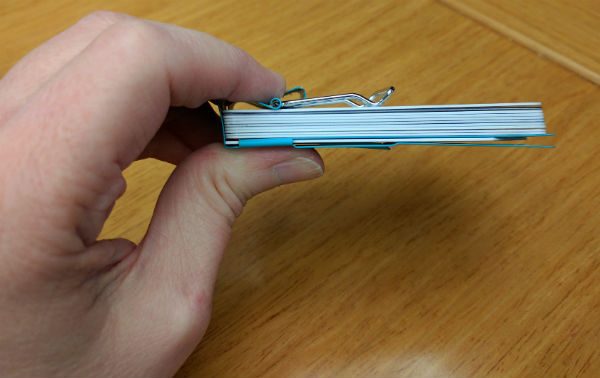
Here’s the Edwin fully loaded with 10 cards in the clamp and 1 card in the quick draw slot. Although the wallet can hold this many cards, I don’t recommend going full capacity because it makes the quick draw slot tight and not so quick to draw.
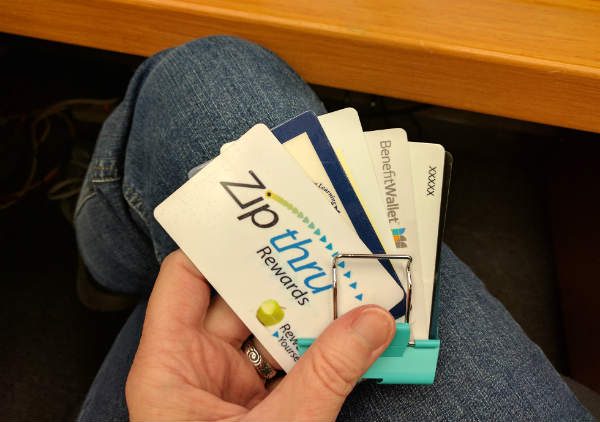
I think the sweet spot for the wallet is six cards in the clamp and one card in the quick draw slot for a total of seven cards.
If you’re careful, you can fan the cards to find the one you want without removing them from the clamp.
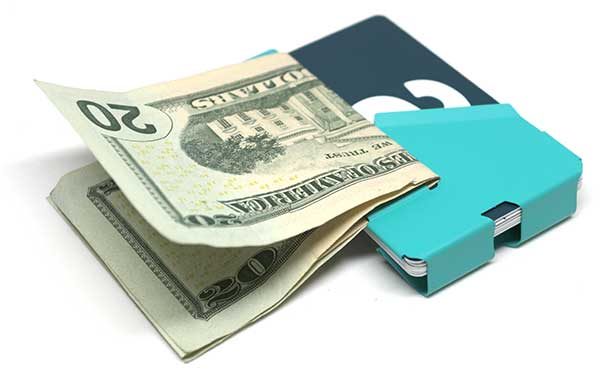
The main feature that sets the Edwin Wallet apart from an ordinary binder clip is the cash stem on the back. I’ve never liked money clips and the cash stem is a genius alternative to one. To use it, you just slide the bills under the stem and fold them in half.
Then you wrap the bills around the side of the wallet.
And finally, tuck the edges under the clip where they are held in place. The cash stem can hold one bill up to a max of about seven bills.
I like the Edwin Wallet quite a bit because it’s credit card sized. I just wish the clamp didn’t stick up on the edge like it does. If it was flatter, this would be my new favorite.
Final thoughts
I think the Edwin wallet is a cool minimalist wallet because it’s easy to use and well made if you don’t count the paint peeling issue with the clip.
If you’re already a fan of DIY binder clip wallets, the Hive Design Edwin Wallet is a big step up in functionality when you factor in the cash stem, quick draw card slot, and the built-in tools of the Plus version.
Source: The sample for this review was provided by Hive Design. Please visit their site for more info and check prices on Amazon.
Product Information
| Price: | $32.95 Classic, $37.95 Plus |
| Manufacturer: | Hive Design |
| Retailer: | Amazon |
| Pros: |
|
| Cons: |
|
Filed in categories: Reviews, Wallets
Tagged: Wallet
Hive Design Edwin Wallet review originally appeared on on March 21, 2017 at 10:38 am.
Note: If you are subscribed to this feed through FeedBurner, please switch to our native feed URL http://the-gadgeteer.com/feed/ in order to ensure continuous delivery.

